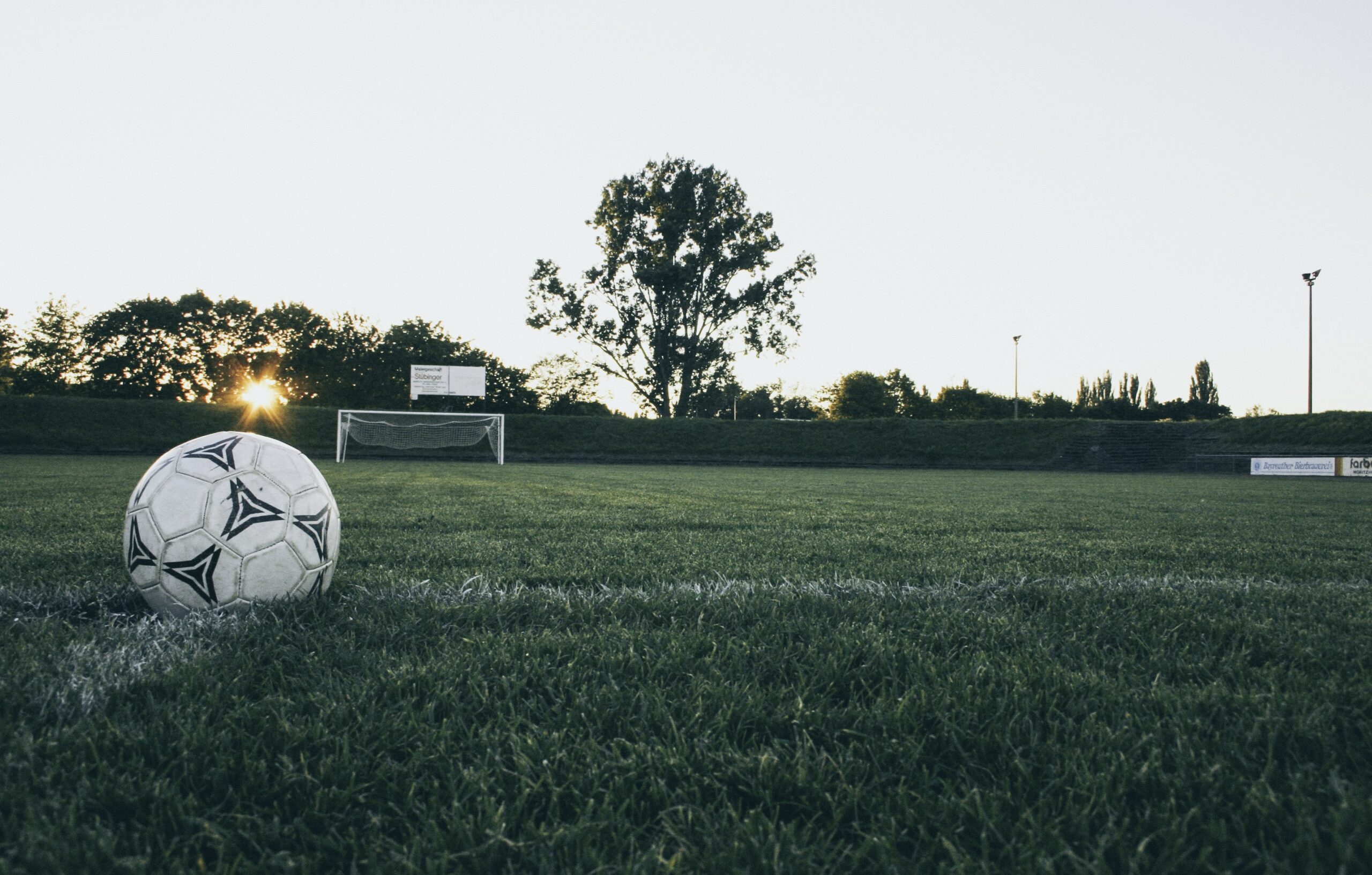People of all ages from around the world enjoy soccer. Whether you’re a player, the parent of a player, or just someone who enjoys watching the game, it’s important to understand the basic rules of soccer.
By understanding the laws of the game, you’ll be able to enjoy the game even more.
Soccer rules regarding gameplay
The following are rules for Older Age Groups:
A soccer game starts with a coin toss. The captain of the away team calls heads or tails, and the winning captain gets to choose whether their team will take the first kickoff. In the second half, the kickoff is taken by the side that did not take it in the first.
Each team consists of 11 soccer players (U14+ less per team for younger age groups), one of which is the goalkeeper. A game is split into two 45-minute halves, with a break in between for halftime. However, games are often shorter at the youth soccer level.
The aim of the game is to score goals by getting the ball into the other team’s net. The team with the most goals at the end of the game wins.
Players can score a goal from anywhere on the field, but there are some specific rules. For example, a goal cannot be scored from an indirect free kick.
During the kickoff:
- All players (except the player taking the kickoff) must be in their half of the field
- The ball must be stationary on the center spot
- The kicker taking the kickoff must not touch the ball again until another player touches it
- The opponents of the team taking the kickoff must be at least 9.15 meters (10 yards) away from the ball
- The ball is considered “in play” when it is kicked and moves
Here are some other basic soccer rules (you’ll find more specific categories and rules later in this guide):
- No hands: The goalkeeper (goalie) is the only player on the field who can use their hands. All other players must use their feet, head, or chest to control the ball. If the player touches the ball, it’s considered a handball and a foul.
- Throw-ins: When the ball goes out of bounds on the sidelines, the team who didn’t touch it last gets to throw the ball back into play.
- Goal kicks and corner kicks: When the ball goes out of bounds behind the goal line (not resulting in a goal), the goalkeeper of the team who didn’t touch it last gets to kick the ball back into play. If the ball goes out of bounds on the sideline in front of the goal, the team who didn’t touch it last gets a corner kick.
- Direct and indirect kicks: Players can score on a direct kick, which is a kick that goes directly into the goal without another player touching it. An indirect kick is when another player must touch the ball before it can go into the goal.
- No time limit for possession: There is no time limit on how long a team can keep the ball.
- The clock doesn’t stop: The game clock does not stop, even if the ball goes out of bounds or there is an injury.
- Stoppage time: If the referee deems it necessary, he may add extra time at the end of each half. This is called stoppage time or injury time.
- Offside rule: The offside rule is one of the most misunderstood rules in soccer. The basic idea is that a player cannot be in an advantageous position when the ball is played to them. Being in an offside position is not in itself an offense. An offside offense occurs when a player is in the opponent’s half of the field and closer to their goal than both the ball and the second-to-last opponent.
Here are some short YouTube Videos on soccer rules to help explain those above: These are for Older Age groups Times and pitch sizes varies for younger age groups.
How does an Elite Player in Soccer Perform:


